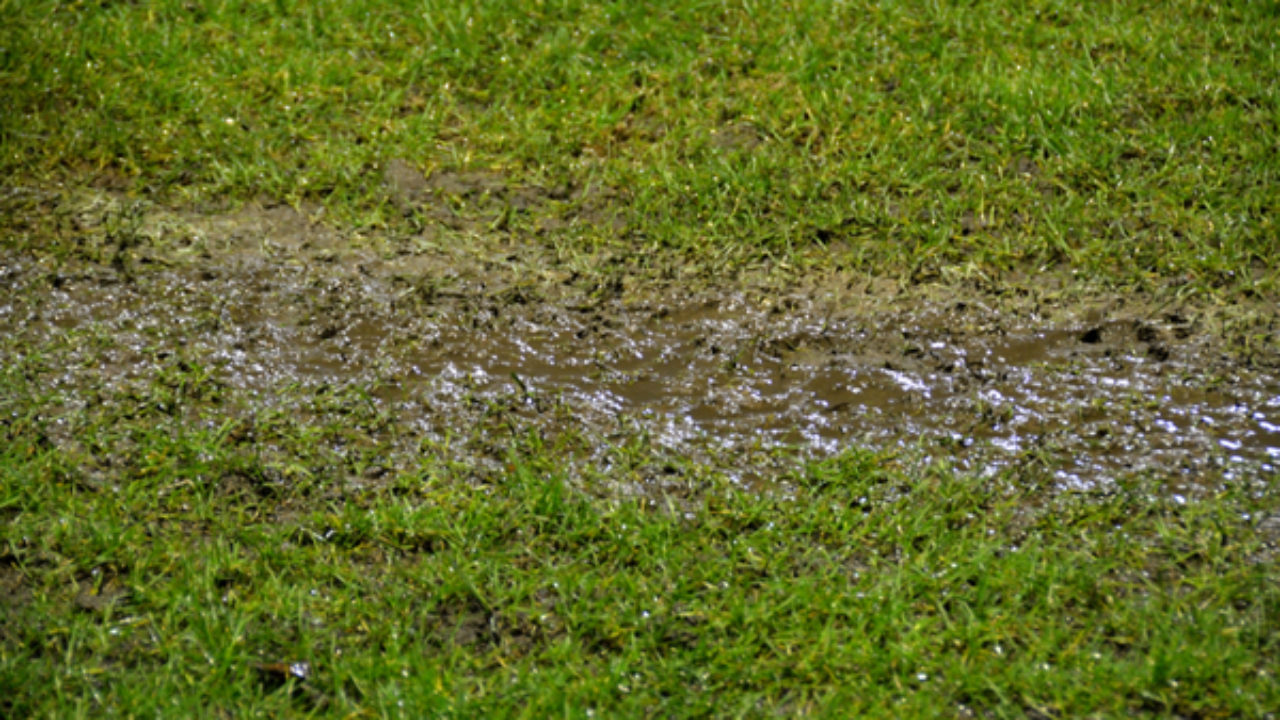Locating Concealed Water Line Leaks: 6 Clever Methods
Locating Concealed Water Line Leaks: 6 Clever Methods
Blog Article
Do you find yourself on the lookout for related information on Leaking water lines?

Early discovery of leaking water lines can mitigate a possible calamity. Some little water leaks might not be noticeable.
1. Analyze the Water Meter
Every residence has a water meter. Inspecting it is a guaranteed manner in which assists you uncover leakages. For beginners, switch off all the water sources. Ensure no one will purge, use the faucet, shower, run the washing machine or dishwasher. From there, most likely to the meter and also watch if it will alter. Considering that nobody is utilizing it, there need to be no motions. If it moves, that shows a fast-moving leak. If you identify no adjustments, wait a hr or 2 and examine back once more. This indicates you may have a slow leakage that could also be below ground.
2. Examine Water Consumption
Analyze your water bills as well as track your water consumption. As the one paying it, you ought to observe if there are any type of disparities. If you find sudden changes, regardless of your usage coinciding, it means that you have leaks in your plumbing system. Remember, your water expense need to fall under the exact same array on a monthly basis. A sudden spike in your costs indicates a fast-moving leak.
A stable boost every month, even with the very same practices, shows you have a slow leakage that's also slowly escalating. Call a plumber to completely check your residential or commercial property, especially if you really feel a cozy location on your flooring with piping beneath.
3. Do a Food Coloring Examination
When it concerns water consumption, 30% comes from bathrooms. Examination to see if they are running effectively. Decrease flecks of food color in the container and wait 10 minutes. There's a leakage between the tank and dish if the shade somehow infiltrates your bowl during that time without flushing.
4. Asses Exterior Lines
Do not forget to check your outdoor water lines too. Needs to water permeate out of the link, you have a loose rubber gasket. One tiny leak can waste lots of water and also spike your water bill.
5. Evaluate the situation and examine
House owners ought to make it a habit to examine under the sink counters as well as even inside closets for any bad odor or mold and mildew growth. These 2 warnings indicate a leakage so timely attention is required. Doing routine inspections, also bi-annually, can conserve you from a major problem.
Check for stainings and also deteriorating as a lot of pipes as well as devices have a life span. If you suspect leaking water lines in your plumbing system, do not wait for it to intensify.
Early discovery of dripping water lines can mitigate a potential disaster. Some little water leaks might not be noticeable. Examining it is a guaranteed way that helps you find leakages. One little leakage can lose tons of water as well as increase your water expense.
If you believe leaking water lines in your plumbing system, do not wait for it to intensify.
WARNING SIGNS OF WATER LEAKAGE BEHIND THE WALL
PERSISTENT MUSTY ODORS
As water slowly drips from a leaky pipe inside the wall, flooring and sheetrock stay damp and develop an odor similar to wet cardboard. It generates a musty smell that can help you find hidden leaks.
MOLD IN UNUSUAL AREAS
Mold usually grows in wet areas like kitchens, baths and laundry rooms. If you spot the stuff on walls or baseboards in other rooms of the house, it’s a good indicator of undetected water leaks.
STAINS THAT GROW
When mold thrives around a leaky pipe, it sometimes takes hold on the inside surface of the affected wall. A growing stain on otherwise clean sheetrock is often your sign of a hidden plumbing problem.
PEELING OR BUBBLING WALLPAPER / PAINT
This clue is easy to miss in rooms that don’t get much use. When you see wallpaper separating along seams or paint bubbling or flaking off the wall, blame sheetrock that stays wet because of an undetected leak.
BUCKLED CEILINGS AND STAINED FLOORS
If ceilings or floors in bathrooms, kitchens or laundry areas develop structural problems, don’t rule out constant damp inside the walls. Wet sheetrock can affect adjacent framing, flooring and ceilings.
https://www.servicemasterbyzaba.com/blog/how-to-detect-water-leakage-in-walls/

Do you really like reading up on Detecting hidden plumbing leaks? Post feedback down below. We will be interested to see your suggestions about this blog post. Hoping that you visit us again later on. Liked our post? Please share it. Let another person check it out. Thanks a bunch for your time. Visit us again soon.
No more leaks! Report this page